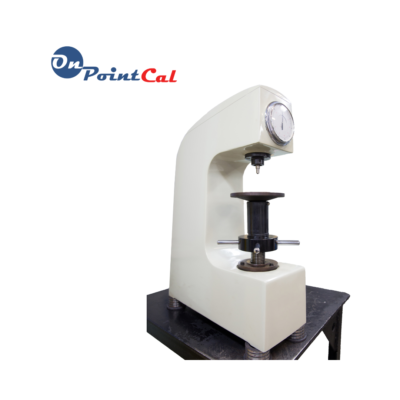Manufacturing, Materials Testing and Calibration, Technological Innovations
Comprehensive Guide to Brinell Testing: Applications & Benefits Over Other Destructive Metal Testing Methods
Introduction
When it comes to ensuring the quality, reliability, and durability of metal products, no compromises should be made. That’s why engineers rely on various metal testing methods to make informed decisions. One such method is Brinell testing, an indispensable tool for measuring the hardness of a material. This blog aims to provide an in-depth look at Brinell testing, its applications, and its advantages over other destructive testing techniques. If you’re an engineer looking to make the right material choices, you’re in the right place.
What is Brinell Testing?
Brinell testing is a hardness testing method that involves applying a known load to a material’s surface via a hardened steel or carbide ball for a specific period. The size of the indentation left on the material gives an index of its hardness, known as the Brinell Hardness Number (BHN).

Key Terms
- Brinell Hardness Number (BHN)
- Indentation
- Load
- Hardened steel or carbide ball
Applications of Brinell Testing
- Material Selection: Brinell testing is crucial for engineers to determine the most suitable materials for various applications such as construction, automotive, and aerospace.
- Quality Control: Manufacturers use it to ensure the quality of raw materials and finished products.
- Failure Analysis: It helps in understanding the reasons behind material failure, thus guiding future design improvements.
- Research & Development: Brinell_testing assists researchers in developing new materials with desired hardness properties.
Benefits Over Other Destructive Testing Methods
Vickers and Rockwell Testing: A Comparison
- **Easier to Operate**: Brinell testing is simpler and less operator-dependent compared to Vickers and Rockwell testing.
- **Greater Material Range**: Brinell testing can be used for almost any metal, including softer metals that might deform under other hardness testing methods.
- **Highly Reproducible Results**: The method offers consistent results, making it reliable for industrial applications.
- **Surface Conditions**: Brinell is less sensitive to surface preparation compared to other methods, which require highly polished surfaces.
Charpy and Izod Testing
- Non-directional: Unlike Charpy and Izod tests, which measure impact toughness, Brinell measures hardness irrespective of material grain direction.
- No Special Sample Preparation: Brinell tests can be performed on as-received material surfaces, reducing prep time.
Conclusion
Brinell_testing offers a comprehensive approach to understanding material hardness. Its simplicity, reliability, and broad applicability make it a preferred choice for engineers and manufacturers alike. For all your calibration and testing needs, visit OnPointCal (www.onpointcal.com) to ensure your materials meet the highest standards.


